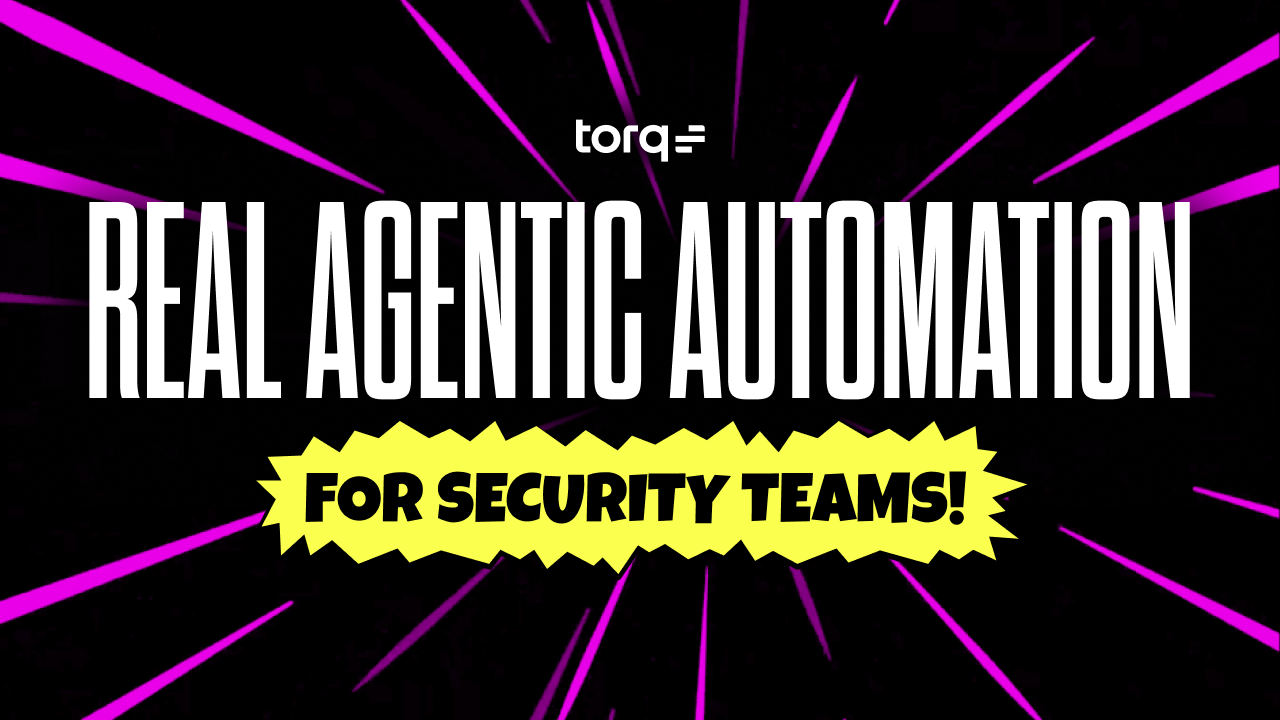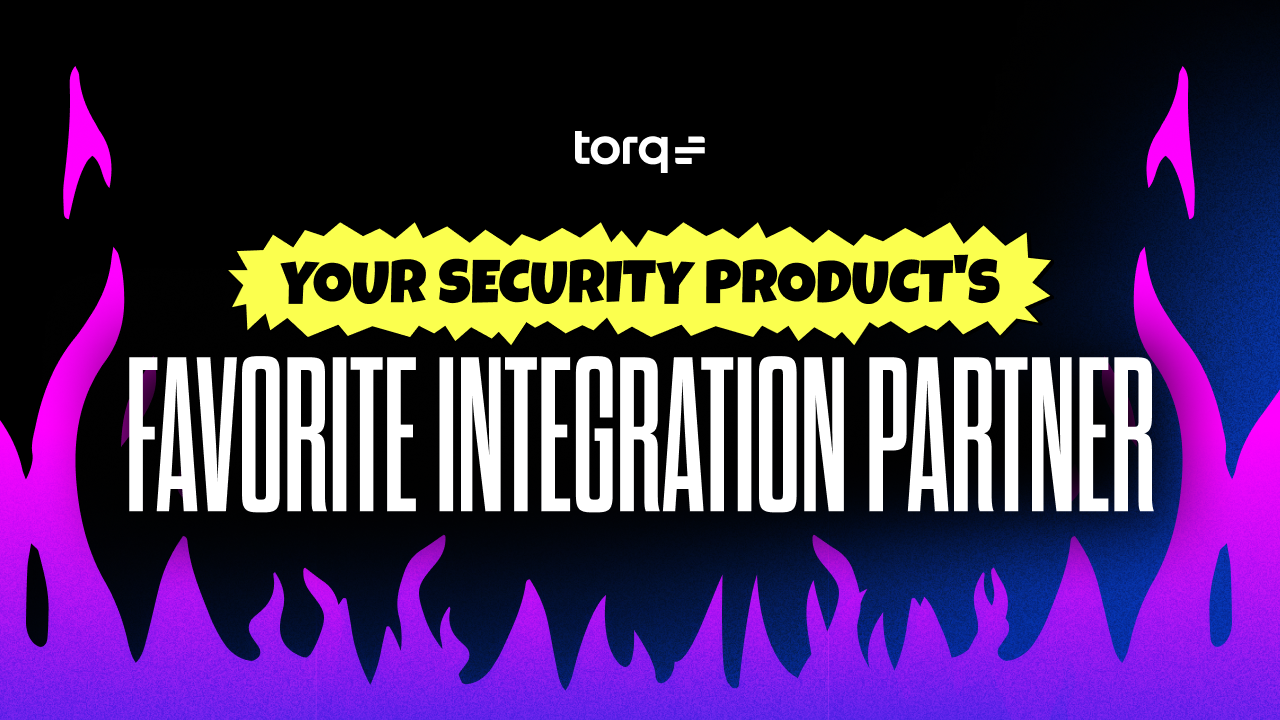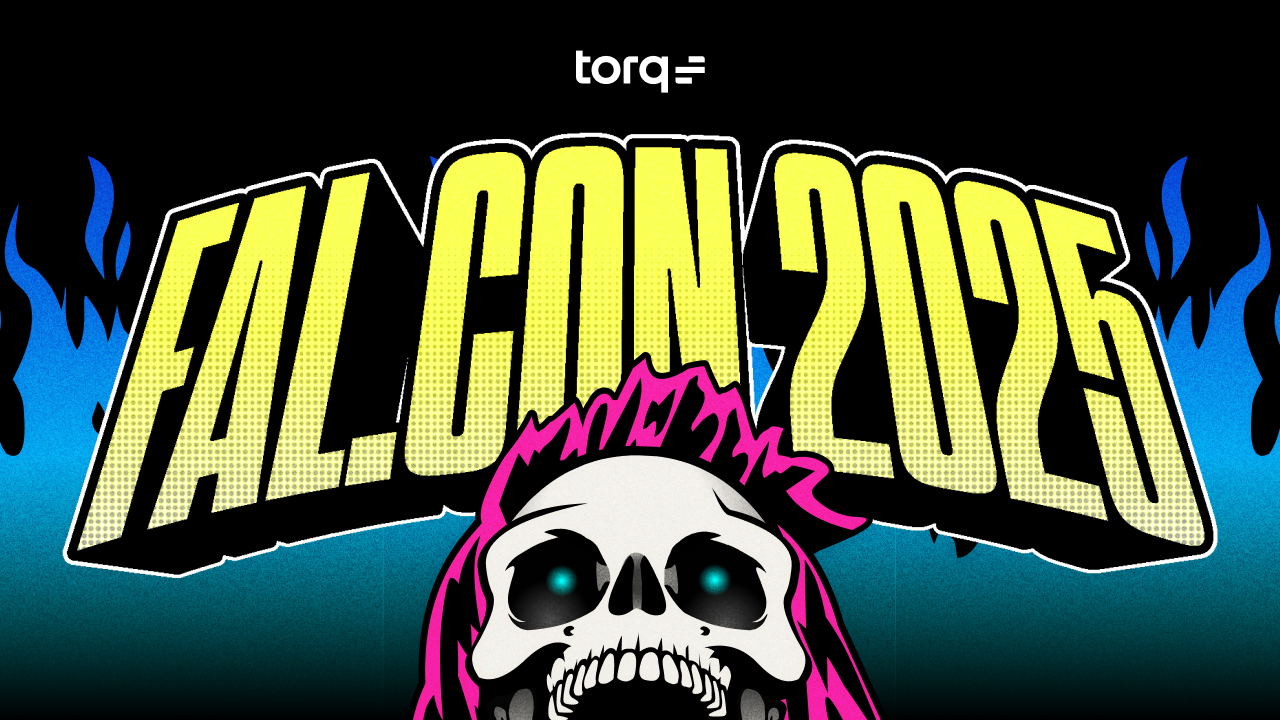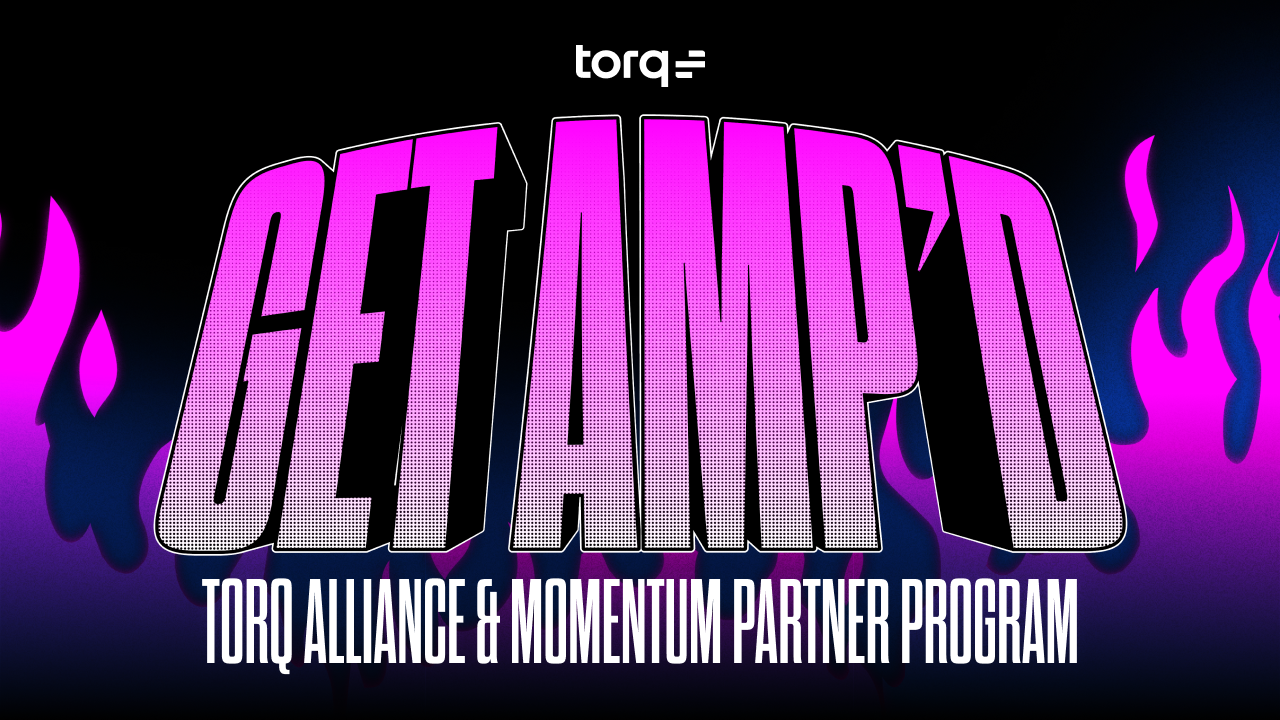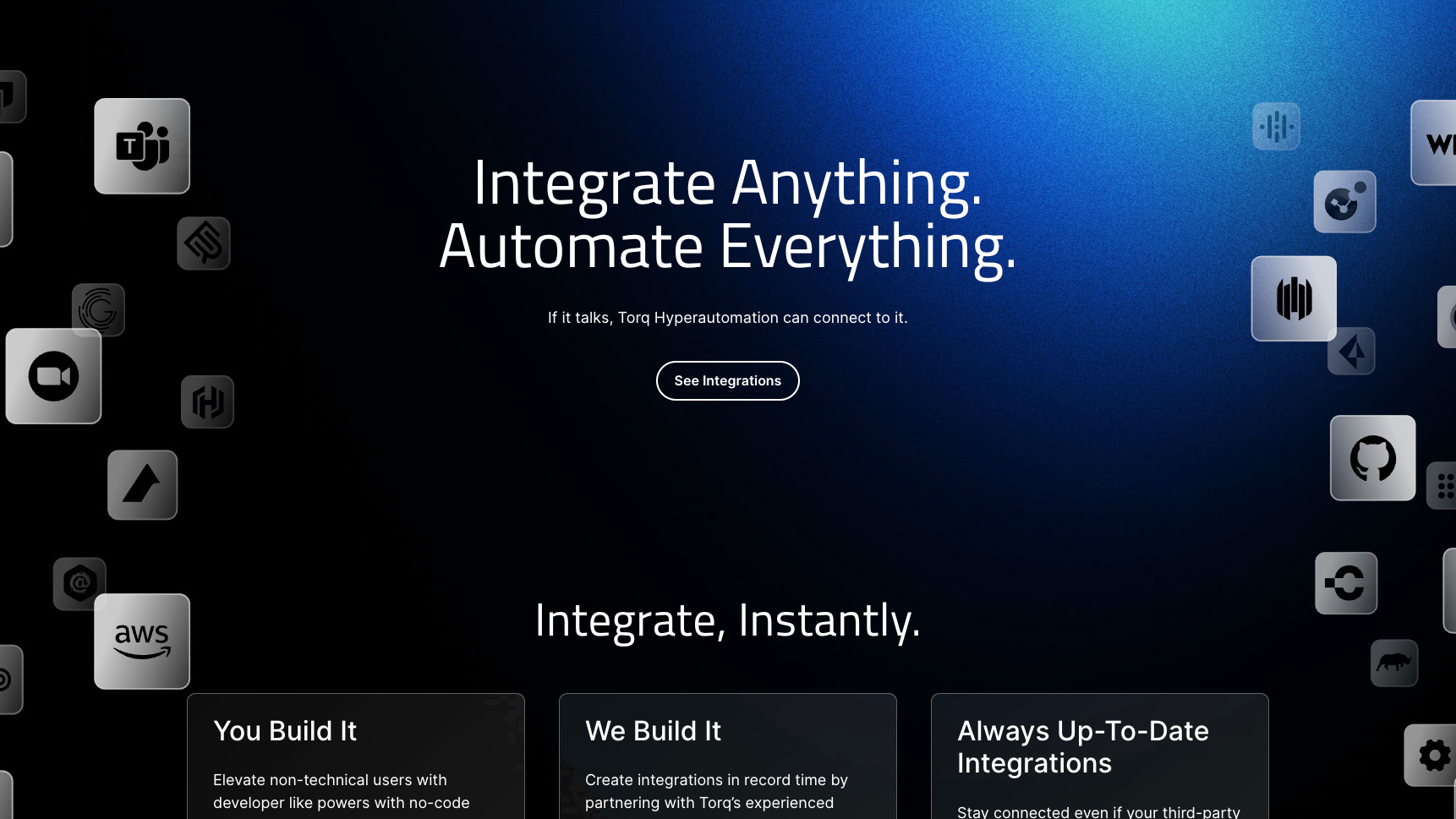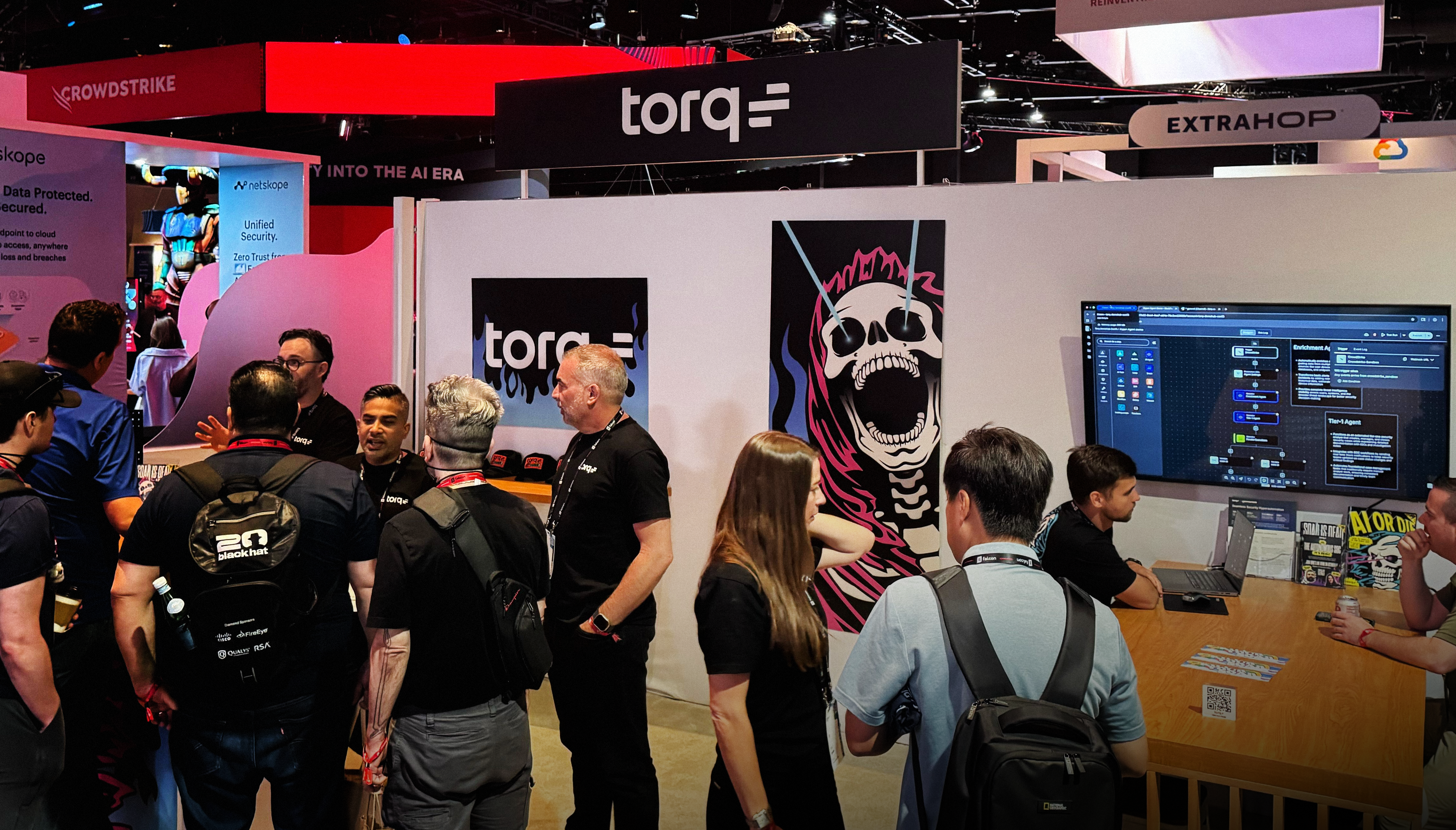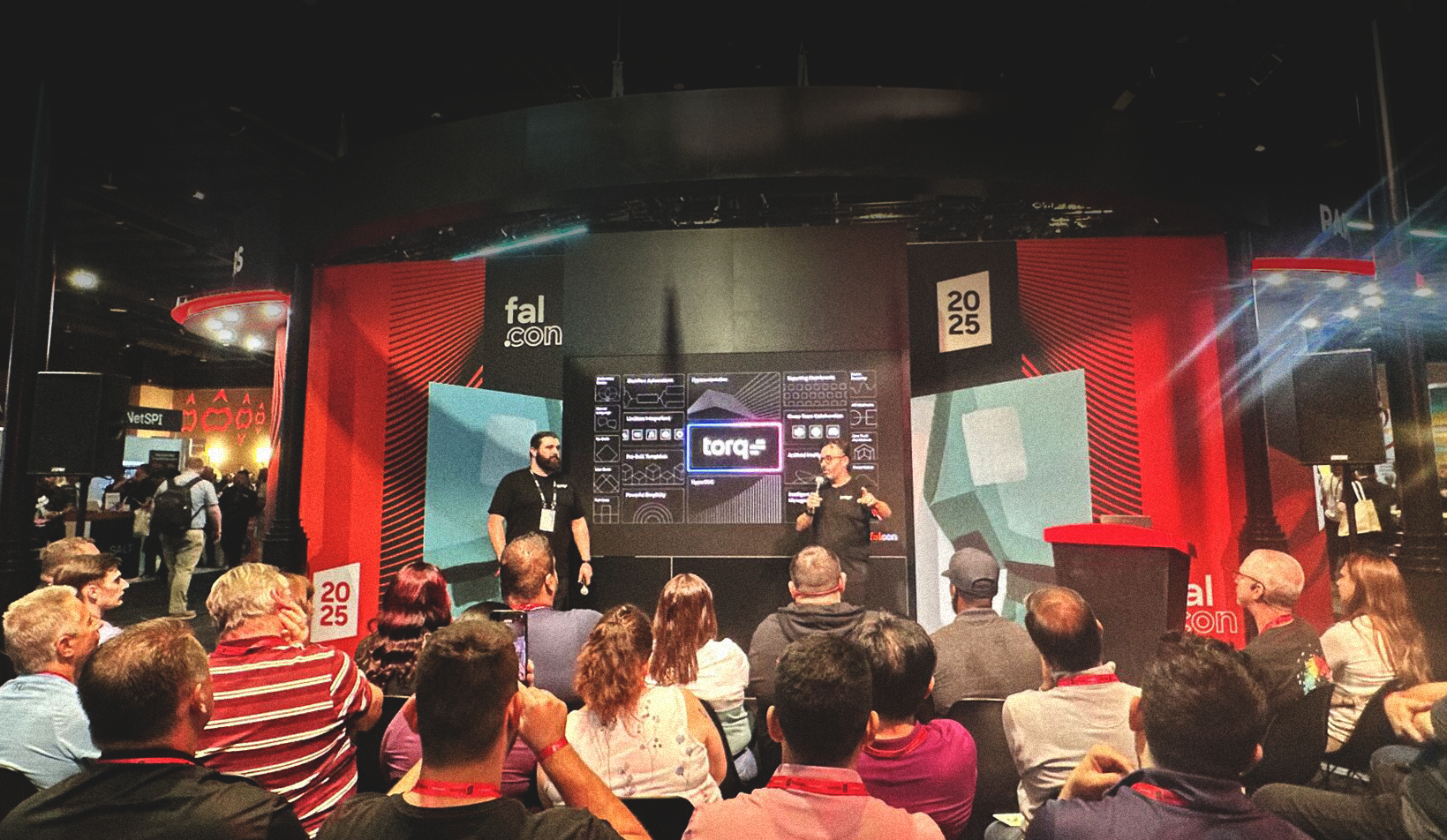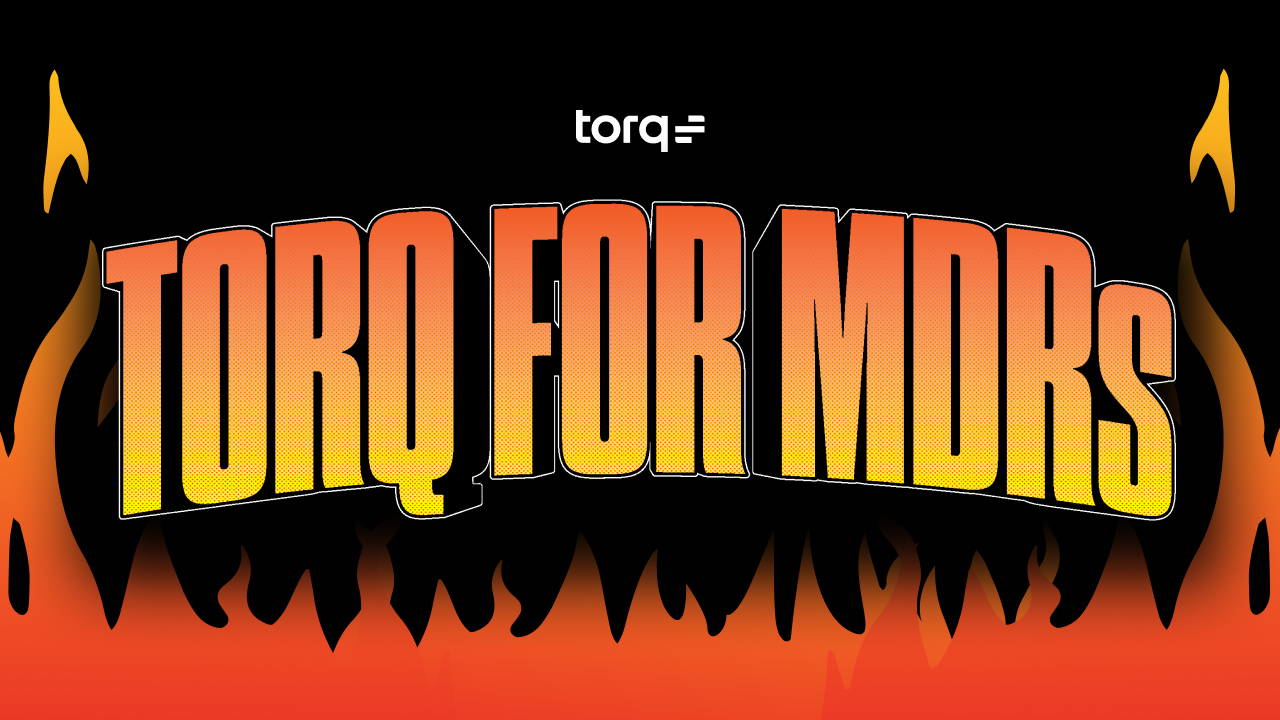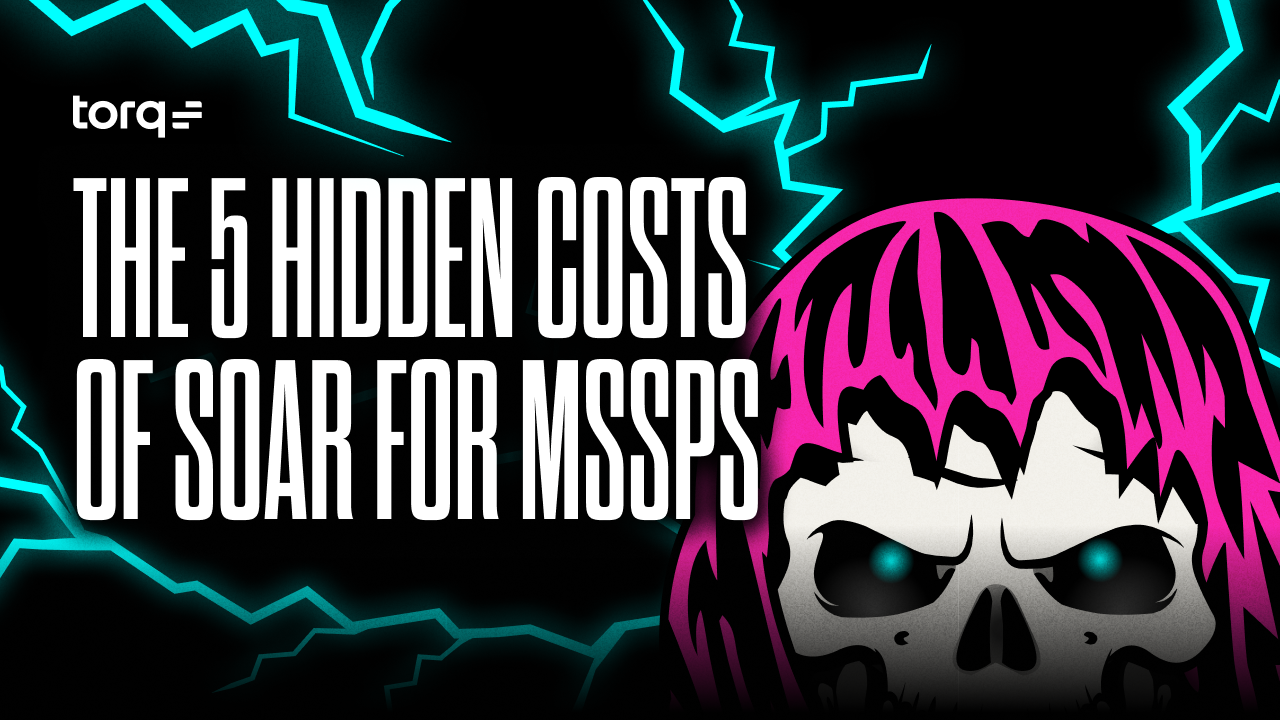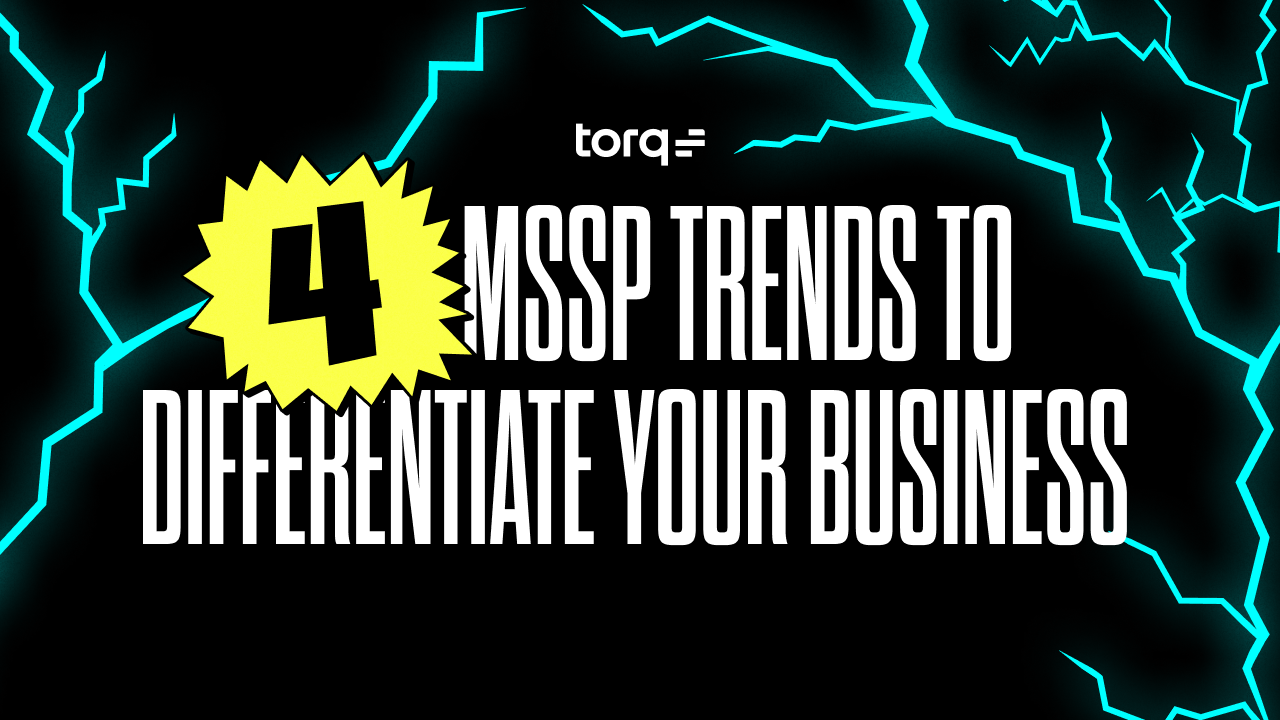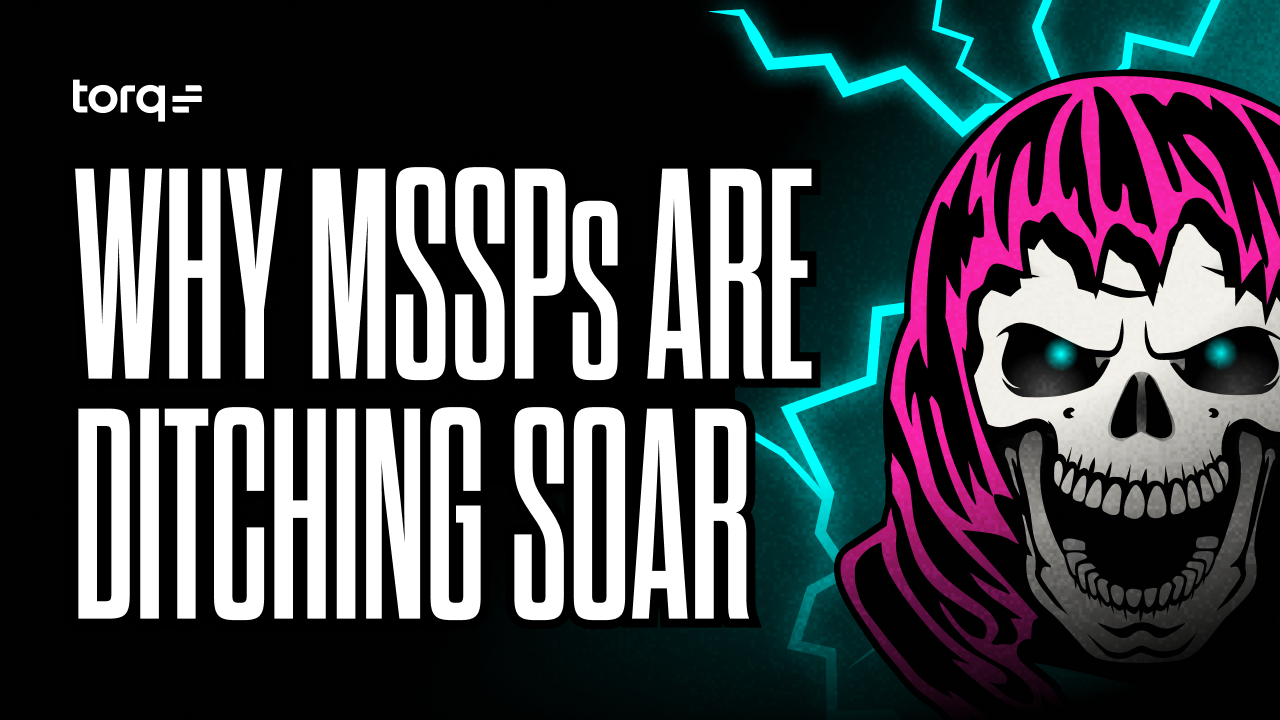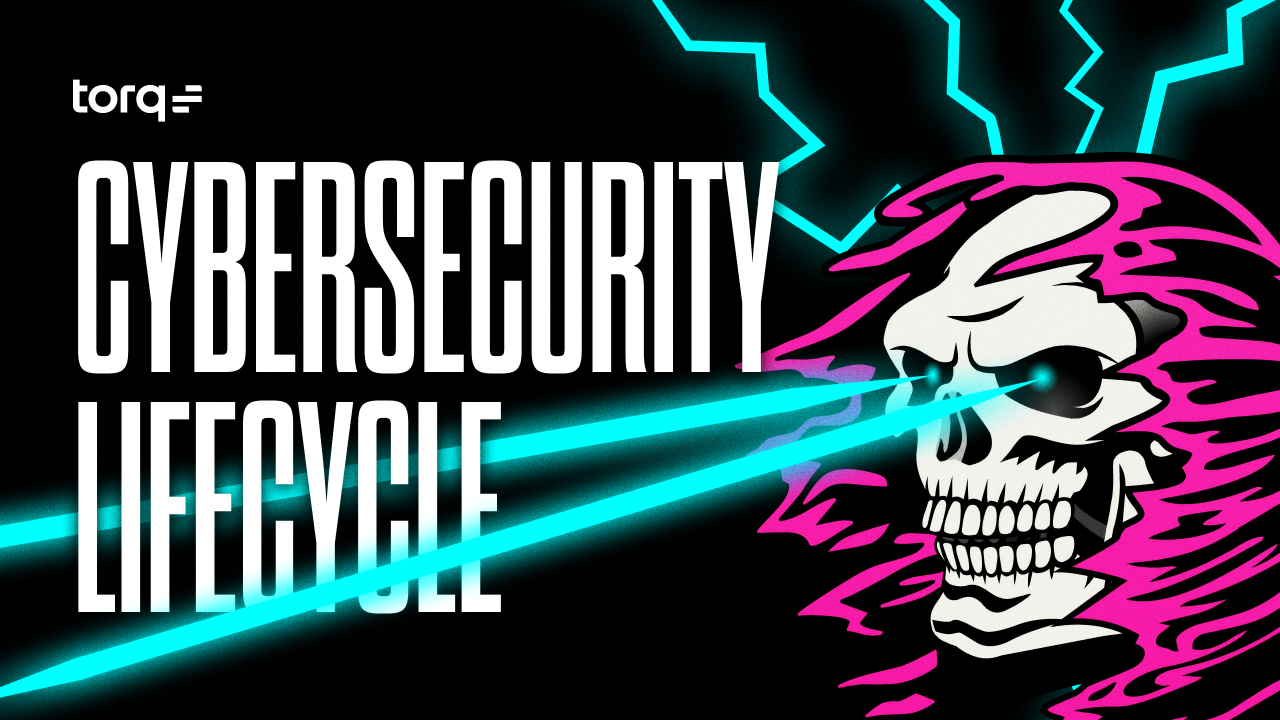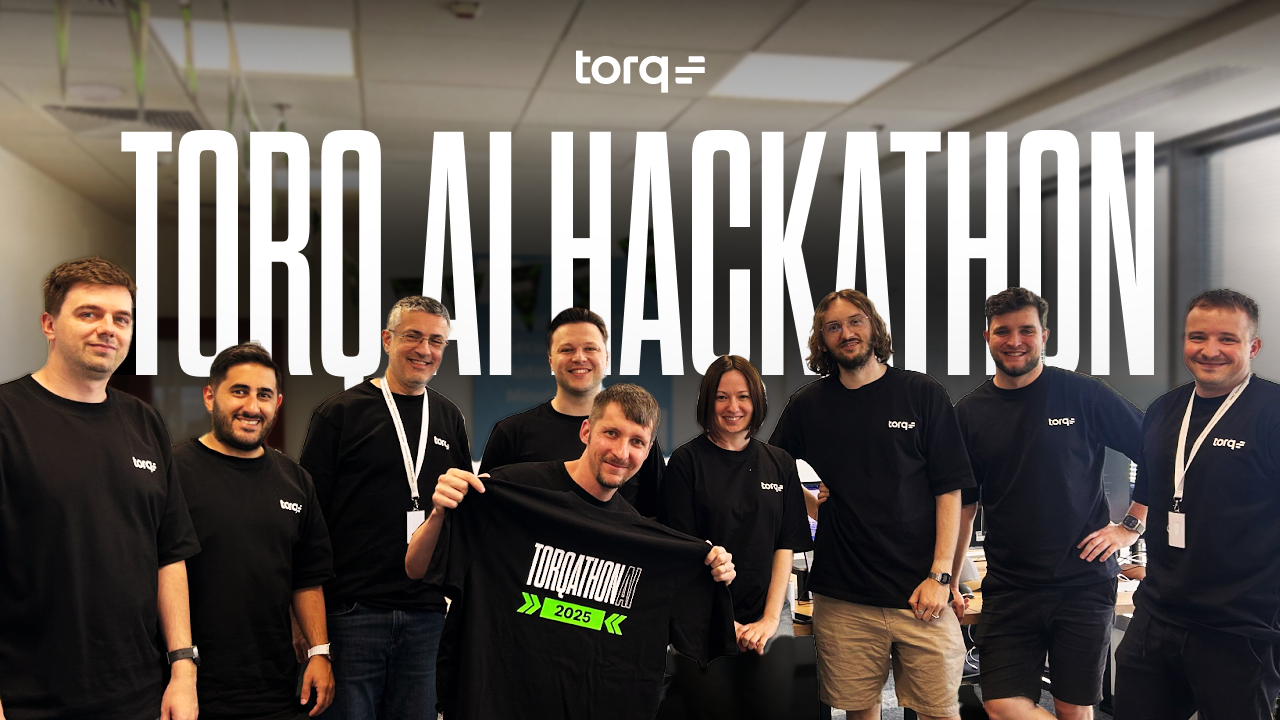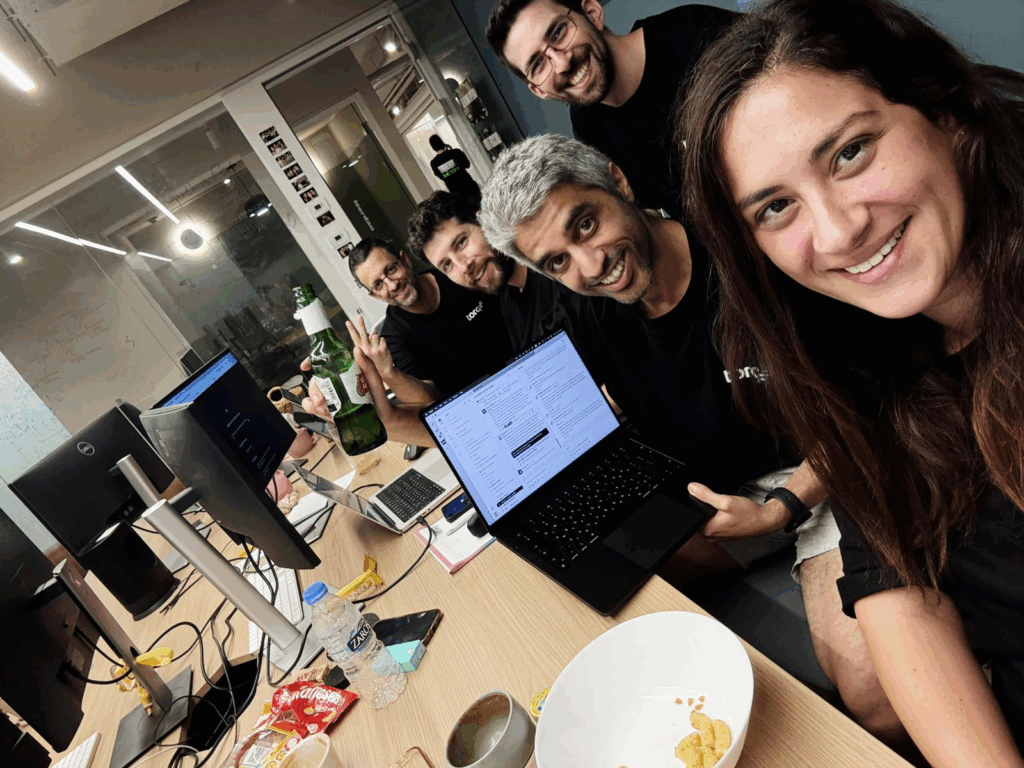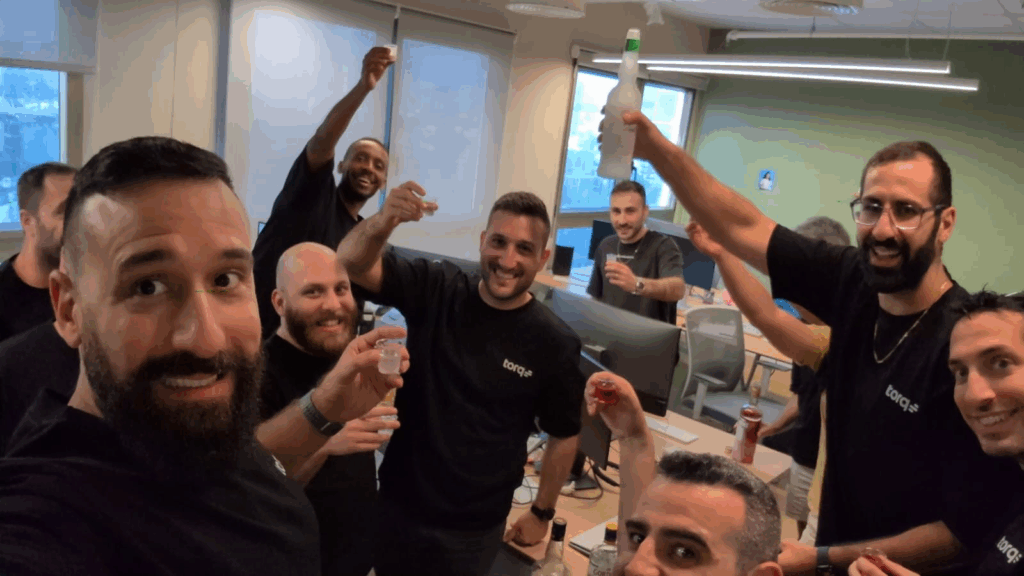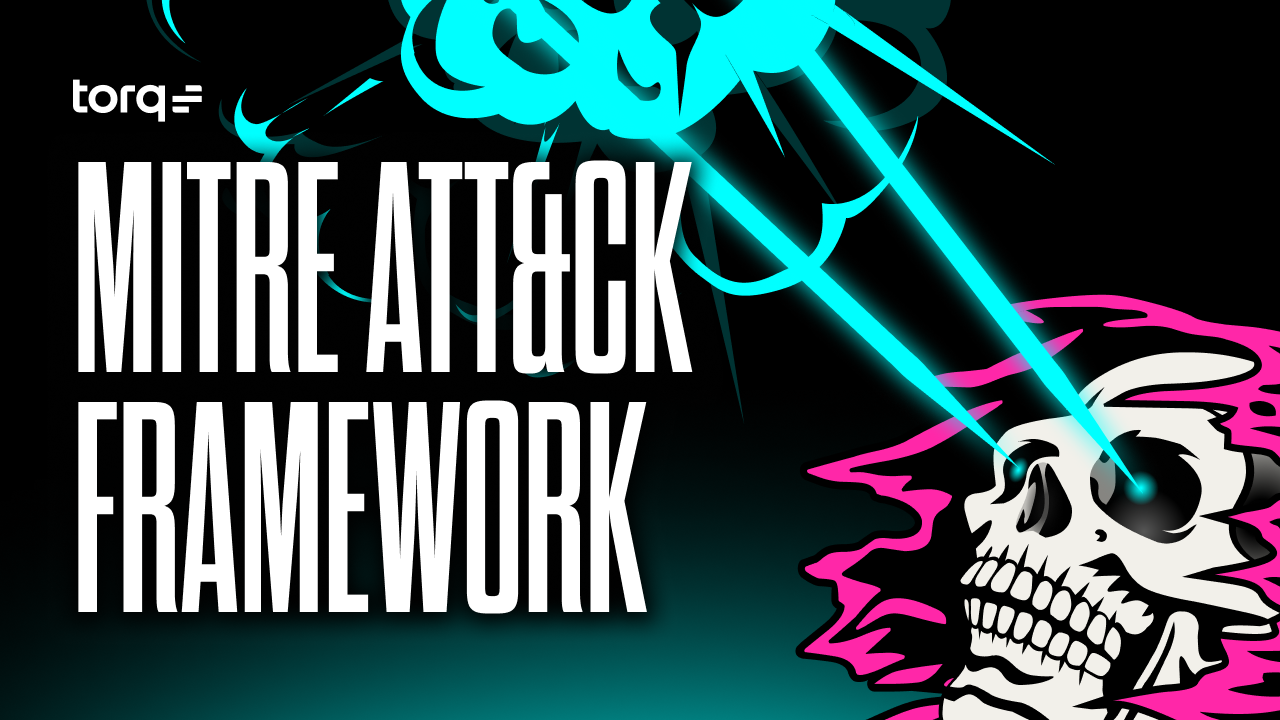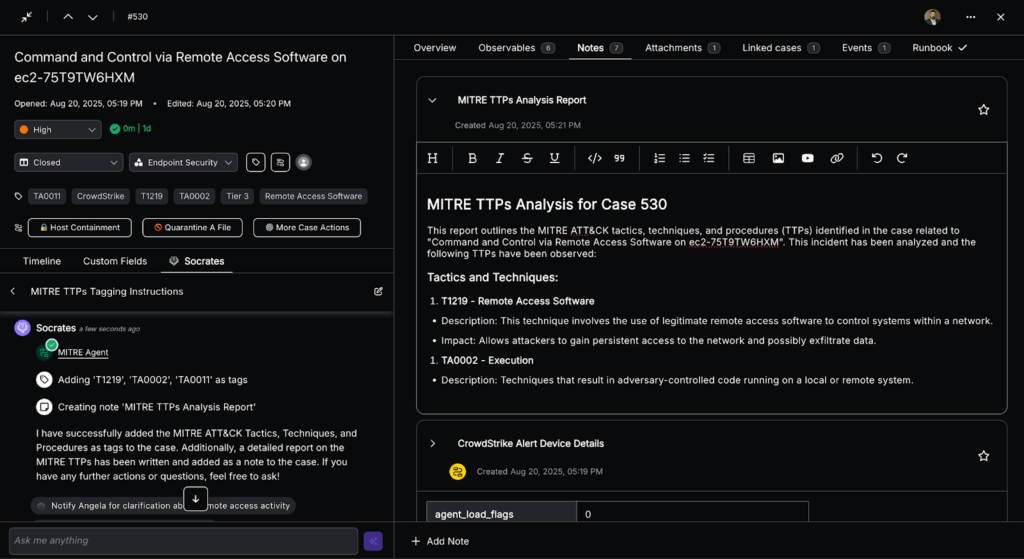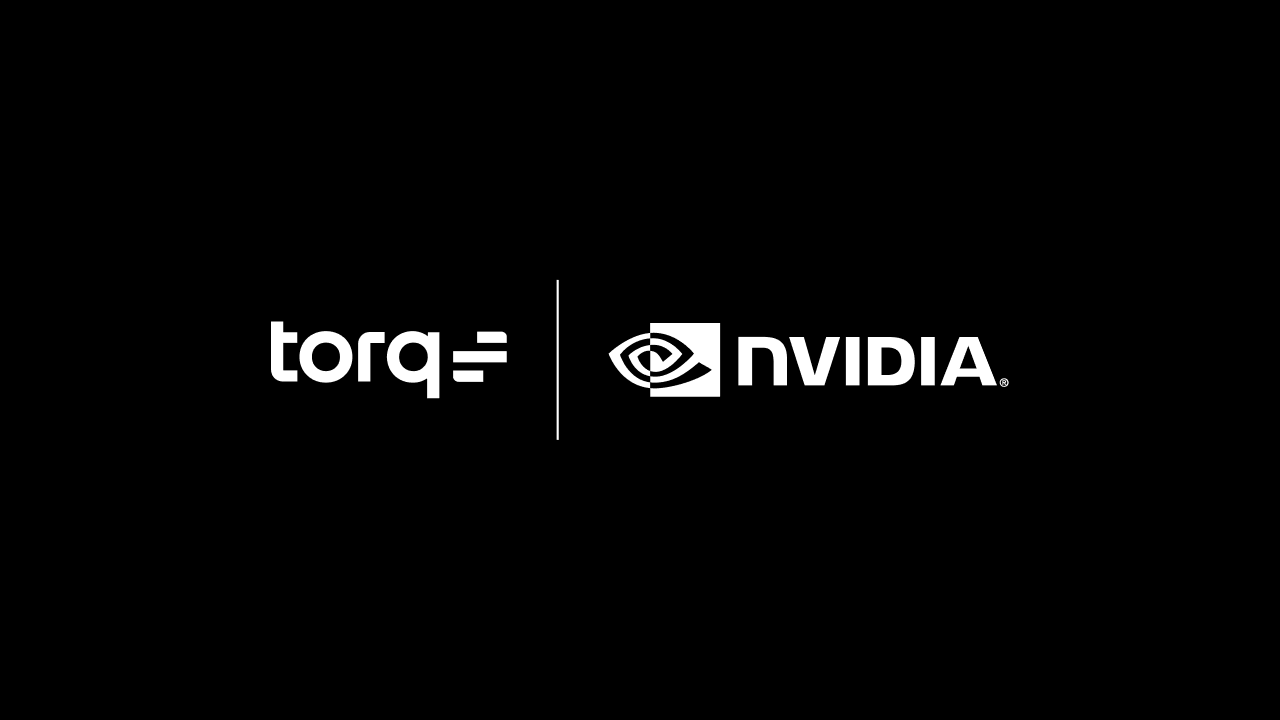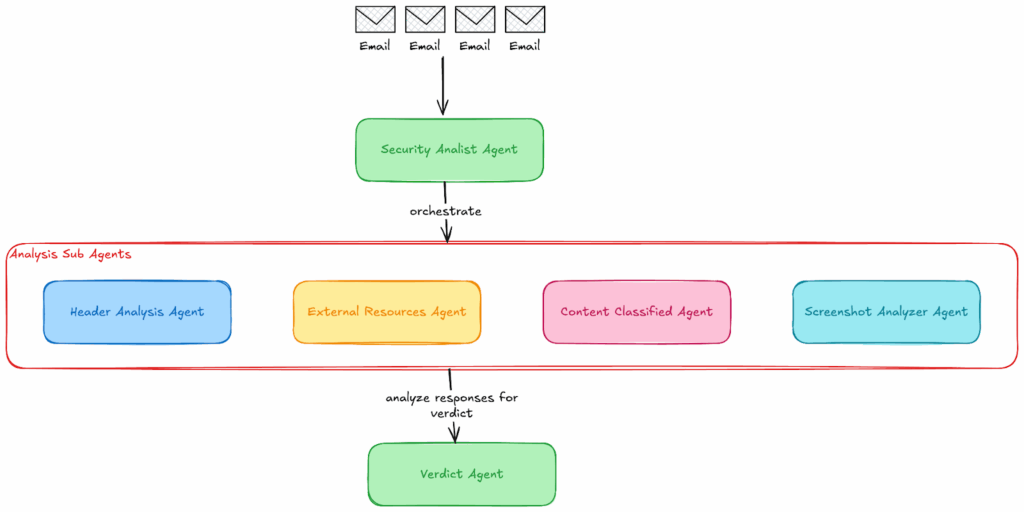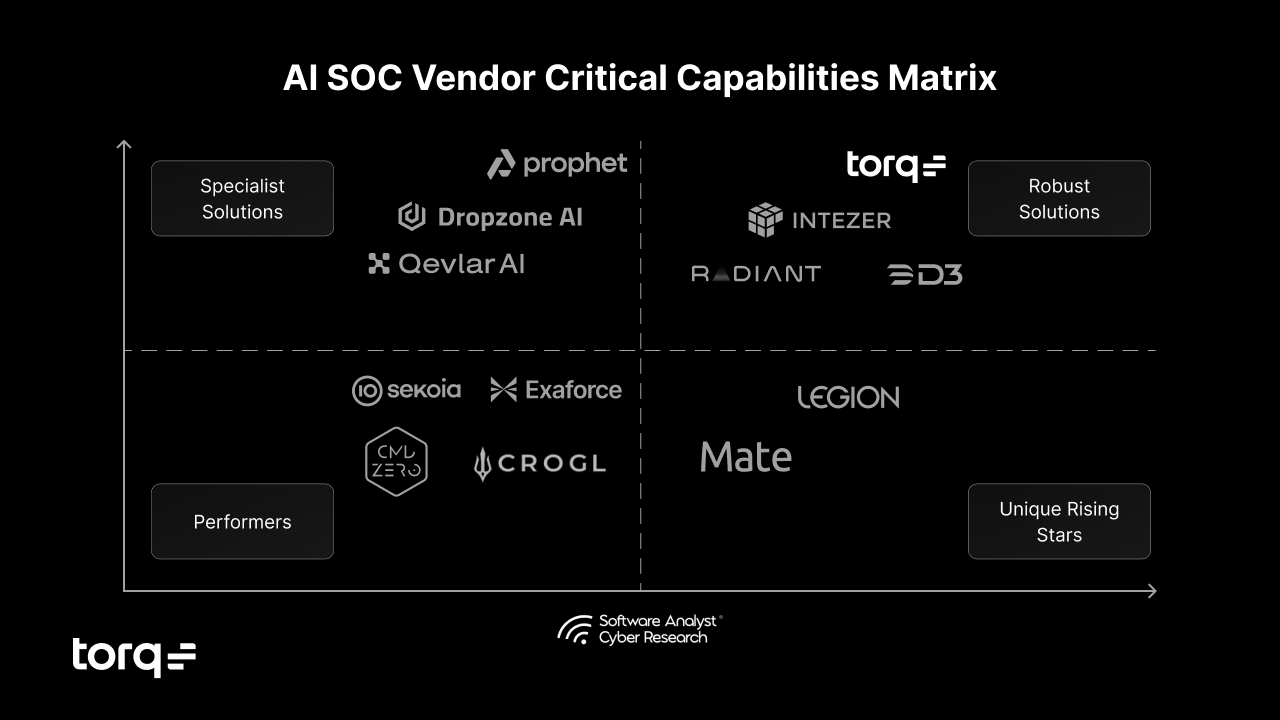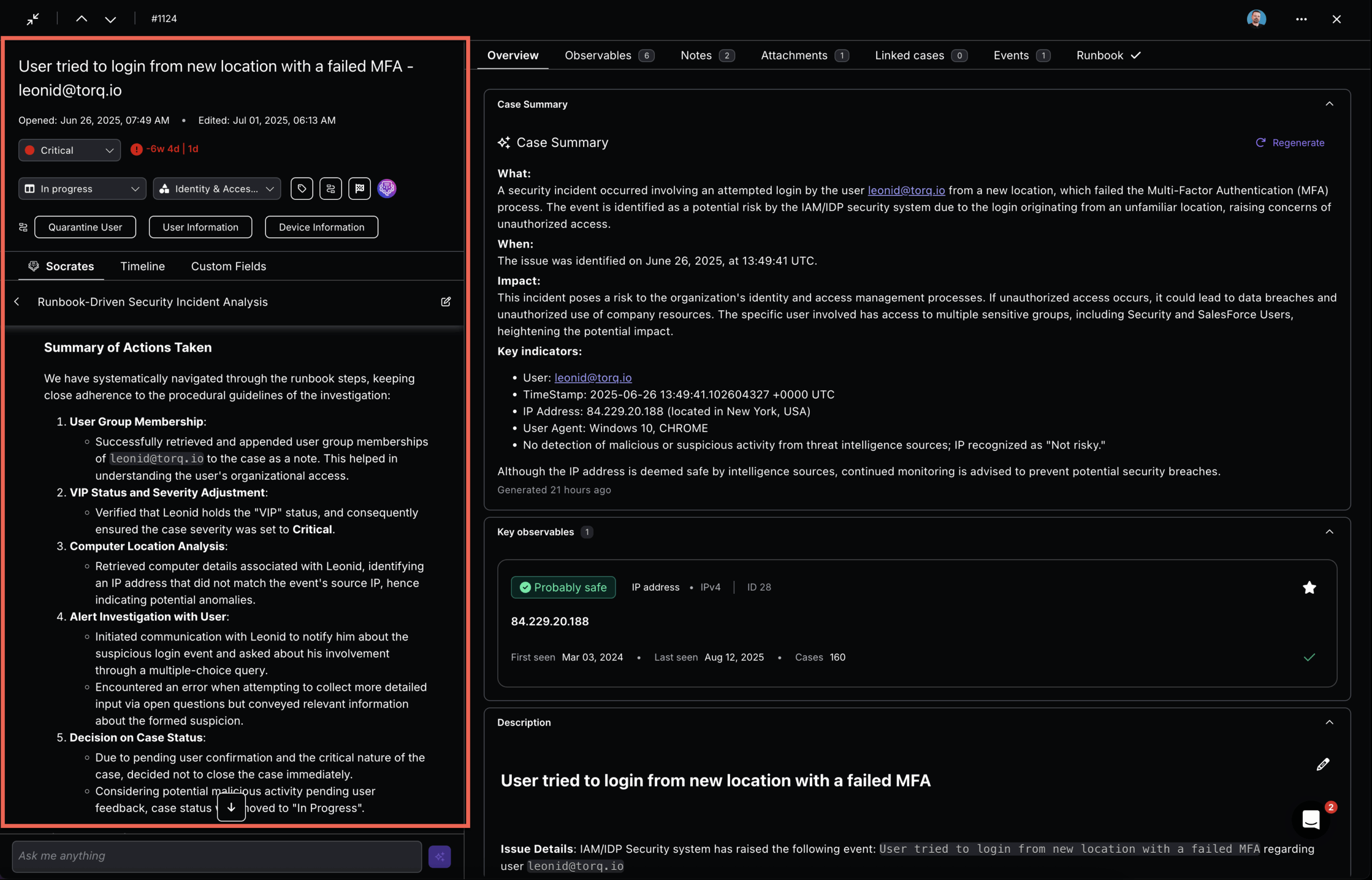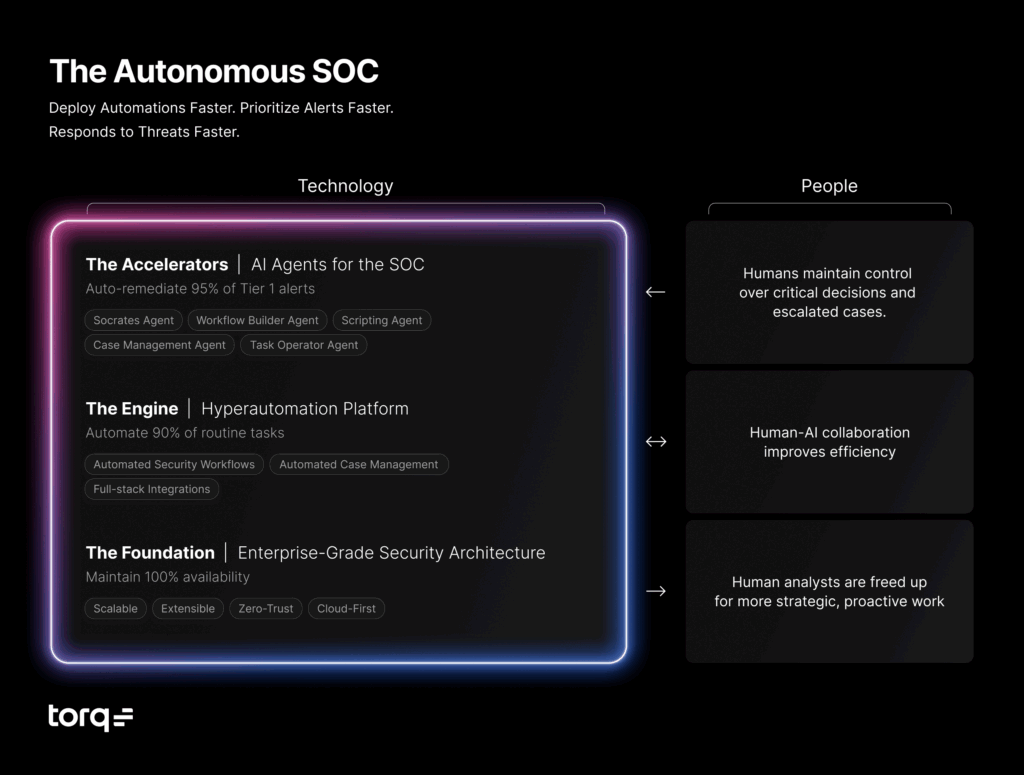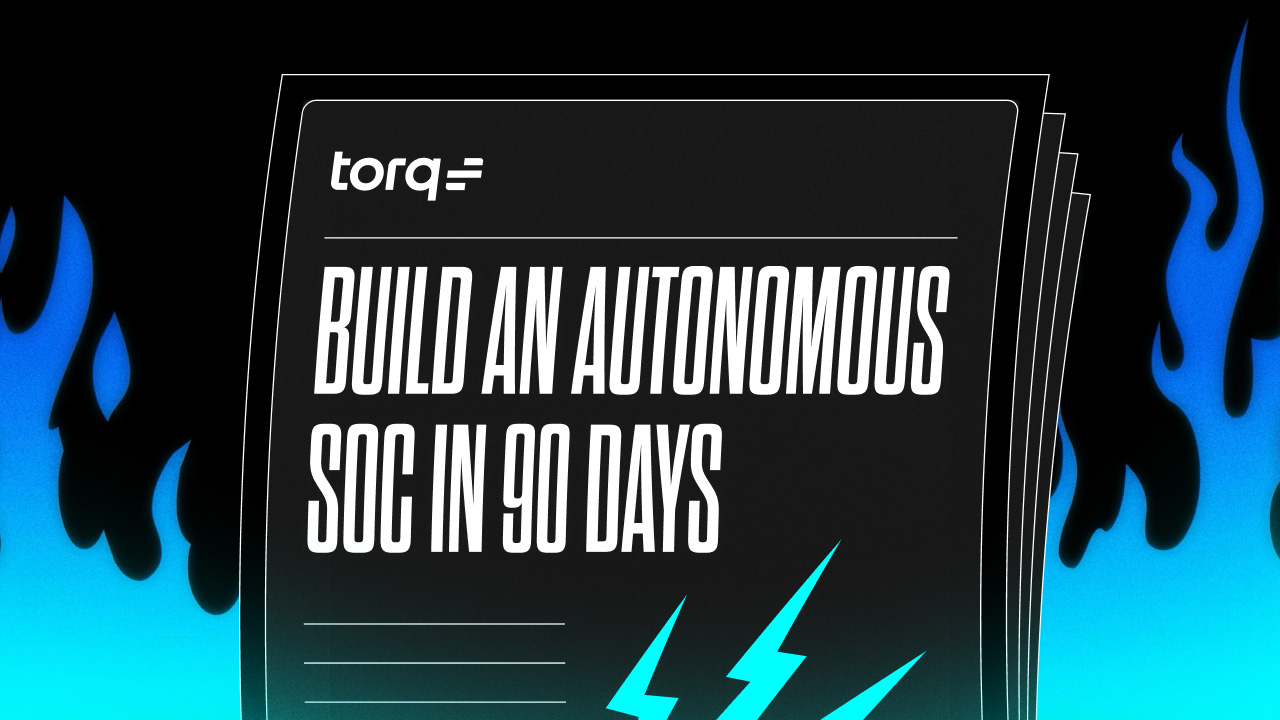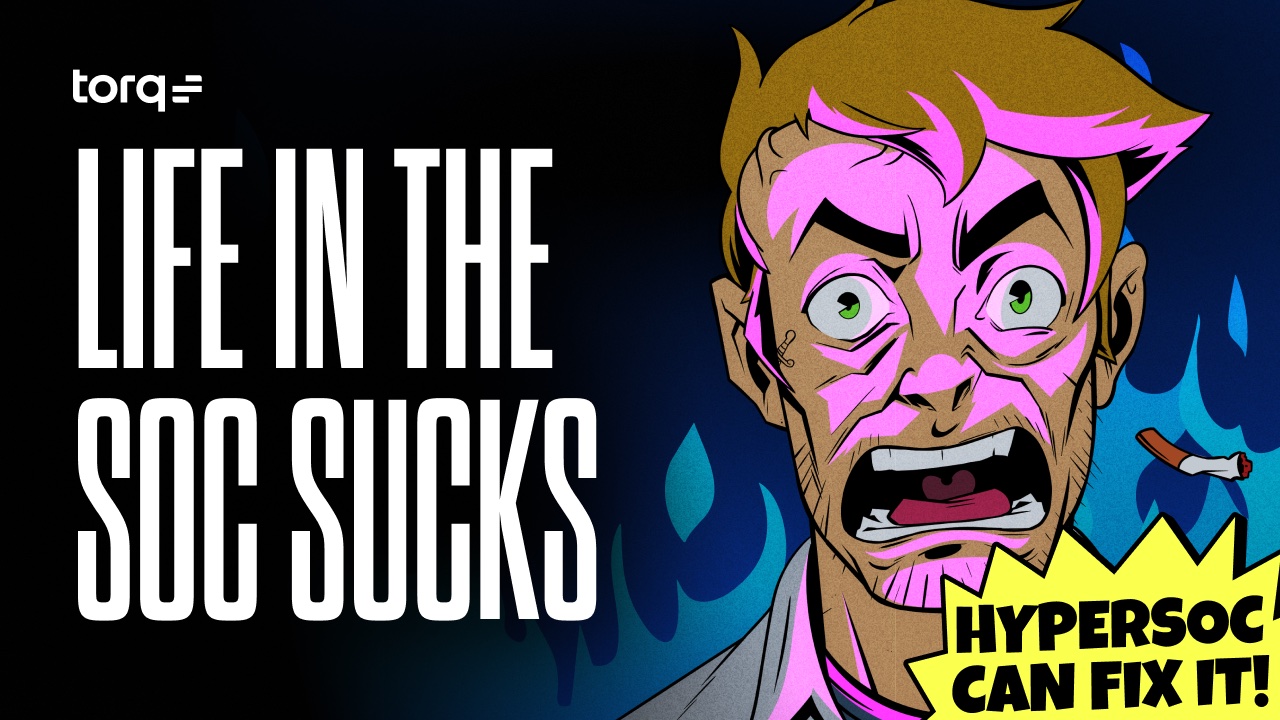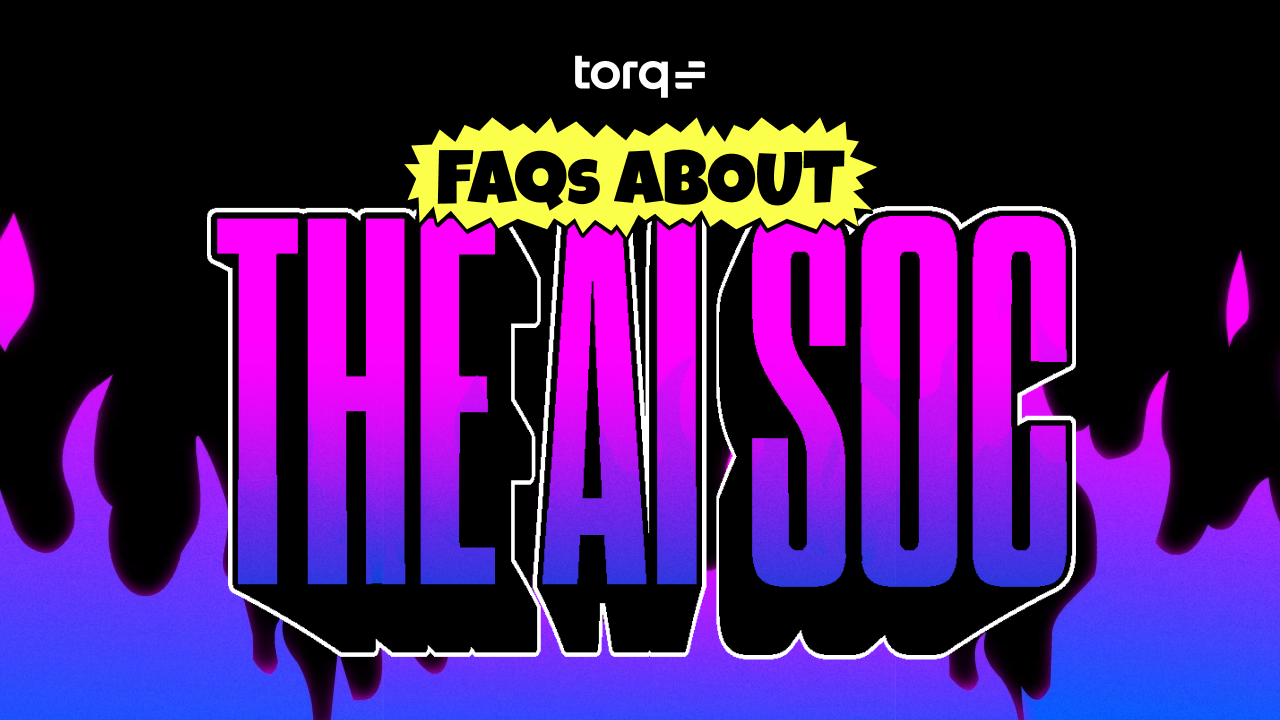Contents
The security industry has a new buzzword problem. Walk through any major security conference, and you’ll hear every vendor claiming they’ve built “agentic AI” into their platform. But strip away the marketing speak, and most solutions are just basic automation with an AI label slapped on top.
SOC teams aren’t buying it. They’re drowning in 10,000+ daily alerts, facing a global talent shortage of 4.76 million cybersecurity professionals, and up against adversaries who now move laterally in less than an hour. They need real solutions, not rebranded point tools.
That’s where true agentic automation comes in — and why Torq HyperSOC™ represents a fundamentally different approach to AI-powered security operations.
The Agent-Washing Problem
Here’s the uncomfortable truth: most “agentic AI” in security isn’t actually agentic. It’s usually one of two things: deterministic workflows — rigid rules that break as soon as attackers change tactics; or chatbot-style agents — useful for summaries but incapable of acting autonomously or coordinating at scale.
True agentic automation requires AI systems that can:
- Reason autonomously across complex security scenarios
- Collaborate with other agents to solve multi-step problems
- Adapt dynamically to novel threats and environments
- Execute actions independently while maintaining human oversight
- Learn and improve from each interaction
Few platforms check those boxes. Torq does.
What True Agentic Automation Looks Like
Most SOC automation is still sequential — whether through scripted workflows or single AI agents mimicking Tier-1 analysts. Tasks run one at a time, slowing investigations and leaving room for missed edge cases.
Multi-agent systems break this bottleneck. Multiple specialized agents work in parallel, each focusing on its domain — from email analysis to endpoint forensics — while continuously sharing context. As new evidence emerges, they adapt dynamically, delivering investigations and remediation in seconds instead of minutes.
Torq takes this further with Hyperautomation: AI-driven security operations that move beyond rule-based responses to deliver autonomous detection, investigation, and remediation. At the core of our multi-agent system is Socrates, our AI SOC Analyst, supported by specialized HyperAgents that handle everything from triage to containment. Together, they achieve outcomes that traditional SOAR platforms or “AI add-ons” simply can’t match.
Take a phishing use case:
- Autonomous investigation: When a potential phishing email hits your environment, multiple agents launch at once — one inspects headers, another scans attachments, and a third checks threat intel, finishing in seconds, not minutes.
- Dynamic remediation: Instead of scripting every step, AI agents evaluate context in real time and choose the right actions — blocking, removing, quarantining, or notifying — simplifying maintenance and covering edge cases workflows miss.
- Collaborative intelligence: Our agents continuously share context and coordinate actions. They escalate to human analysts only when necessary, meaning most phishing alerts are resolved without manual intervention.
Other agentic automation platforms? At best, you could script this with workflows and drop in an AI step for summarization. The difference: Torq executes a full case lifecycle end-to-end, autonomously.
The Business Impact of True Agentic Automation
Unlike traditional automation that requires constant tuning and breaks with environmental changes, agentic automation delivers measurable business outcomes, including the ability to:
- Scale without headcount: Torq customers automate over 95% of Tier-1 security operations, effectively scaling their SOC without adding analysts.
- Speed that matters: While the industry average breakout time has dropped to 48 minutes, organizations using Torq’s agentic automation contain threats in seconds, 10x faster than legacy SOAR. Speed isn’t just an advantage; it’s the difference between a contained incident and a full breach.
- Adaptive defense: Traditional SOAR playbooks break when attackers change tactics. Torq’s agentic automation adjusts in real time — adapting to new findings and edge cases during a session to stay on track. Beyond that, it learns across sessions, remembering preferences and tuning rules so your defenses continually improve. Your defenses evolve as fast as the threats.
Human-AI Collaboration, Not Replacement
What separates real agentic automation from marketing hype is that it’s designed to augment human expertise, not replace it. Torq doesn’t aim to replace analysts. Instead, AI agents take on the repetitive work — triage, enrichment, initial containment — so humans can focus on threat hunting, strategic projects, and high-stakes response.
When agents do escalate to humans, they provide complete context, suggested actions, and all supporting evidence. Analysts aren’t starting from scratch; they’re picking up where AI left off, with everything they need to make informed decisions.
AI Governance that Scales
Autonomy only works if it’s safe. Torq builds trust in AI through:
- Transparent decisions: Every AI (generative and agentic) action is explainable, auditable, and logged.
- Human control: Escalation and override steps keep analysts in charge.
- Enterprise security: Zero-trust AI architecture with encryption, validation, and attack resistance.
- Compliance by default: Audit-ready trails and standards alignment (including ISO/IEC 42001) are built in. Unlike black-box AI tools, Torq combines deterministic, well-tested workflows with AI guardrails — so you decide the balance between autonomy and oversight. Sensitive actions can always stay human-in-the-loop, while AI is equipped with trusted, validated tools to operate safely and predictably.
For enterprises and MSSPs, this means confidence that every automated action is both effective and accountable.
The Path Forward with Agentic Automation
The security industry is at an inflection point. Organizations can continue patching together point solutions and calling it “agentic,” or they can embrace platforms built for autonomous security operations. With Torq, SOCs scale without adding headcount, stop threats in seconds, and empower analysts instead of burning them out.
The question isn’t whether agentic AI will transform security operations — it already has. The question is whether your organization will lead that transformation or be left behind by vendors still playing catch-up with marketing buzzwords.
Ready to move beyond agent-washing? Read the AI or Die Manifesto to learn how to approach AI in the SOC the right way.

